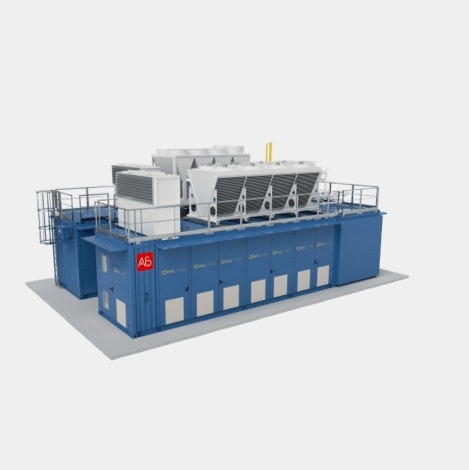
Liquefaction of RNG
- Home
- Liquefaction of RNG
Liquid RNG
Connection to the natural gas grid is not always possible. Liquid renewable natural gas is the solution where there are logistical constraints.
Liquefied RNG, in fact, is not only easily transportable to its point of use but, thanks to its density three times higher than that of compressed natural gas, it ensures greater efficiency when used as fuel. The main difference between bio-CNG and bio-LNG (i.e. between compressed RNG and liquefied RNG) lies precisely in the latter’s use mainly in heavy vehicles, where autonomy almost doubles compared with the gaseous form, thus constituting the ideal alternative to diesel for long distances.
Products
Biomethane: liquefaction, a complex process
What is the meaning of liquefaction? The liquefaction of is a complex process, which consists in cooling and compressing the gaseous RNG at very low temperatures. The transformation is such that the liquefaction of RNG is very advantageous compared with other gases: with 600 liters of gaseous biomethane, only one liter of liquid RNG is obtained.
An AB RNG liquefaction plant is a containerized modular solution based on an integrated cryogenic process, divided into three phases: treatment, liquefaction and storage. An efficient system that can also be combined with other AB solutions to create a totally sustainable energy system.
